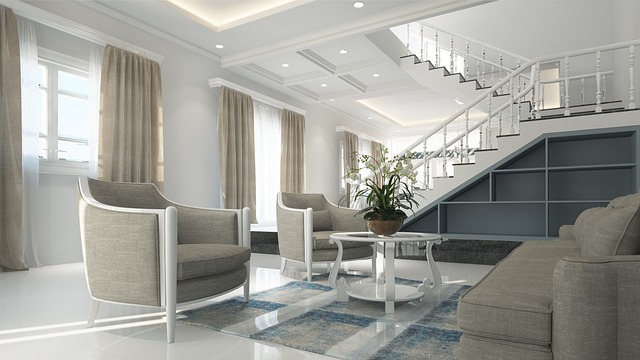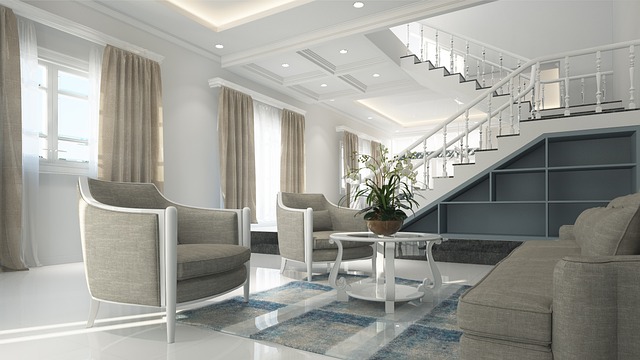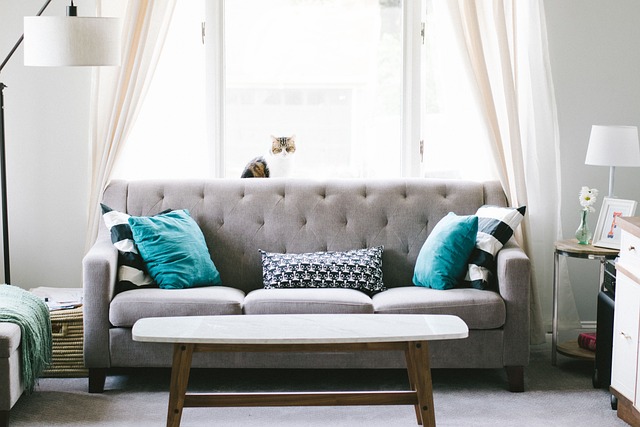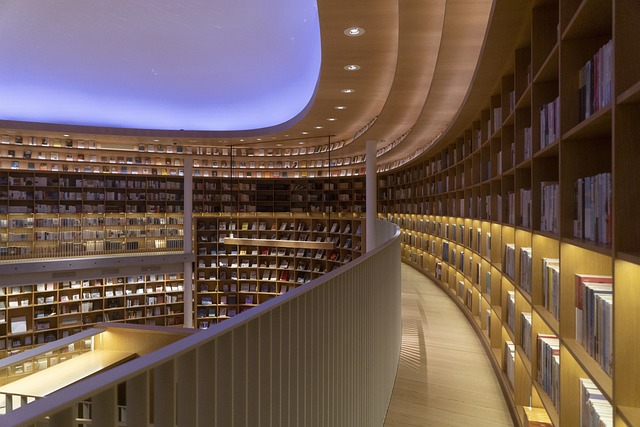Exploring Art and Design: The Evolution of Urban Furniture
In our modern cities, where the rhythm of life is ever-changing, urban furniture design plays a crucial role in shaping the landscapes we inhabit. These pieces are not just functional objects; they are manifestations of art and design, intended to enhance our urban experiences and foster community connections.
As we stroll through city parks, public plazas, and bustling streets, we encounter an array of urban furniture—from benches and tables to bike racks and trash bins. Each piece has evolved not just in form and function but also in its relationship to the space it occupies and the people who interact with it.
The Intersection of Art and Functionality
Urban furniture represents a unique blend of artistry and practicality. Designers are constantly challenged to create pieces that are not only aesthetically pleasing but also durable and efficient. Consider the iconic park bench; it must invite relaxation while withstanding the elements and the wear of daily use. This dual purpose transforms simple structures into important components of urban life.
Artistic influences are increasingly becoming central to urban furniture design. Designers are collaborating with artists to create installations that not only serve a function but also tell a story. Imagine a seating area in a vibrant community park adorned with murals or sculptural elements that reflect the local culture. These innovations evoke a sense of place and identity, inviting users to engage with their environment on a deeper level.
Sustainability and Community Engagement
As urban areas grapple with challenges such as pollution and overcrowding, the importance of sustainable materials and practices in urban furniture design cannot be overstated. Designers are increasingly focusing on eco-friendly materials, repurposing goods, and creating pieces that promote environmental stewardship. Think of furniture made from reclaimed wood or recycled plastics, which not only reduce waste but also inspire a mindful approach to consumption.
Moreover, it is essential that urban furniture resonates with the communities it serves. Local input in the design process ensures that the furniture reflects the needs and preferences of those who will use it. Incorporating community art or local craftsmanship into these designs fosters a sense of ownership and pride, turning public spaces into vibrant hubs that bring people together.
The Future of Urban Furniture Design
The future of urban furniture design is promising as it embraces technology and innovation. Smart furniture that integrates technology, such as solar-powered charging stations or benches equipped with Wi-Fi, is becoming increasingly common. These advancements not only cater to the tech-savvy urbanite but also encourage a more connected and interactive outdoor experience.
As we look ahead, it is clear that urban furniture will continue to evolve. Each design will be a unique expression of art, community, and sustainability, shaping how we interact with our urban surroundings. By acknowledging the profound impact of these elements, we can appreciate the artistry involved in designing our cities one bench, one table, and one bike rack at a time.




